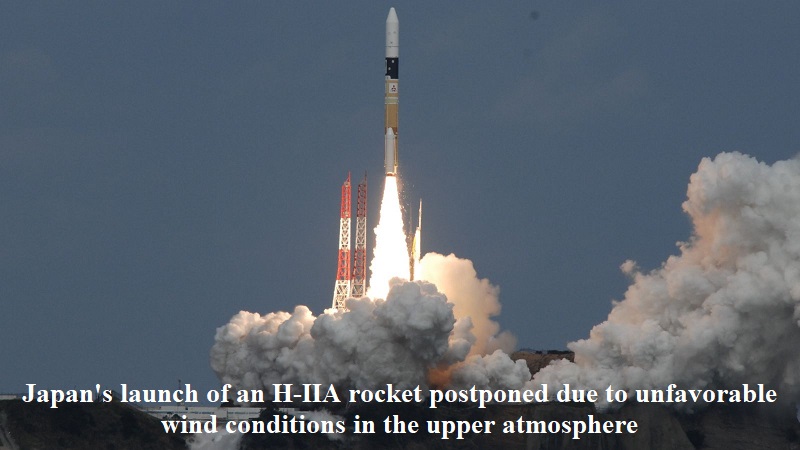
The launch of Japan’s H-IIA rocket, carrying a moon lander, has been delayed due to unfavorable wind conditions in the upper atmosphere, as reported by Mitsubishi Heavy Industries (MHI), the rocket’s operator. The announcement was communicated through MHI’s launch services unit on the social media platform X, formerly known as Twitter, merely 24 minutes before the originally scheduled launch time. The mission had to be canceled due to the upper wind conditions not meeting launch requirements, according to MHI’s launch services unit.
The launch was initially set for 9:26 am local time (0026 GMT) on Monday (August 28) from the Tanegashima Space Center in southern Japan, overseen by the Japan Aerospace Exploration Agency (JAXA). JAXA, during its live YouTube stream, indicated that further information would be furnished by MHI.
This occurrence marks Japan’s third unsuccessful moon mission. In a previous attempt last year, Japan aimed for a lunar landing with the Omotenashi probe, carried by NASA’s Artemis 1, but faced communication losses. In April this year, a Japanese start-up called ispace also experienced a setback in its lunar landing aspirations, encountering a “hard landing” and losing communication.
JAXA’s current mission, dubbed the “Moon Sniper,” strives for a precise lunar landing within a tight range of only 100 meters (330 feet) from a designated target. This contrasts with the more typical range of several kilometers.
Japan’s space exploration endeavors have encountered challenges in rocket launches. The H3 model, considered Japan’s next-generation launch vehicle, faced post-liftoff failures in March. Additionally, the typically reliable solid-fuel Epsilon faced issues in October of the previous year.
JAXA initially planned the moon landing for its Smart Lander for Investigating Moon (SLIM) mission between January and February 2024, against the backdrop of India’s successful Chandrayaan-3 lunar exploration mission.

Post Your Comments